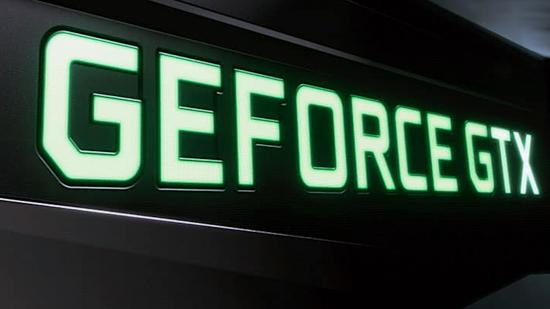Just a few short days after we first learned about the next Nvidia GPU, the GeForce GTX 1630, nearly all of the graphics card’s specs have come to light. As you might expect, it’s generally less powerful than its older siblings but it might be better for your gaming PC in some aspects with an unexpected improvement, too.
According to Videocardz, the Nvidia GeForce GTX 1630 will be based on the same TU117 GPU die found in the GTX 1650 albeit with cutdown specs. It’ll feature less CUDA cores and a smaller 64-bit memory bus, leaving its bandwidth at 96GB/s compared to its sibling’s 192GB/s. However, the petite pixel pusher will boast the same 4GB of GDDR6X VRAM, 12GBps memory clock, and 75W TDP.
Surprisingly, the GTX 1630 has a higher 1,800MHz boost clock. This looks good on paper, but we’ll need to wait and see how these spec differences translate into real-world performance, when the graphics card hopefully launches on May 31. Given the imminent release date, we may get an official word from Nvidia during its Computex press conference.
We still don’t yet know how much the GTX 1630 will cost, but we can expect the price to be less than $149 since that’s how much a GTX 1650 will currently set you back. While it could turn out to be the best graphics card for those looking for a cheap GPU, we’ll have to wait and see how it’ll compete against the almost-as-cheap AMD Radeon RX 6400.
That said, it might be wise to wait for graphics card manufacturers to play their full hand before settling on an upgrade, as Intel Arc Alchemist cards could ultimately prove a more worthwhile investment for budget builders. For everyone else though, we’ll want to keep an eagle eye out for the RDNA 3 and RTX 4000 release date as their launches draw ever closer.
